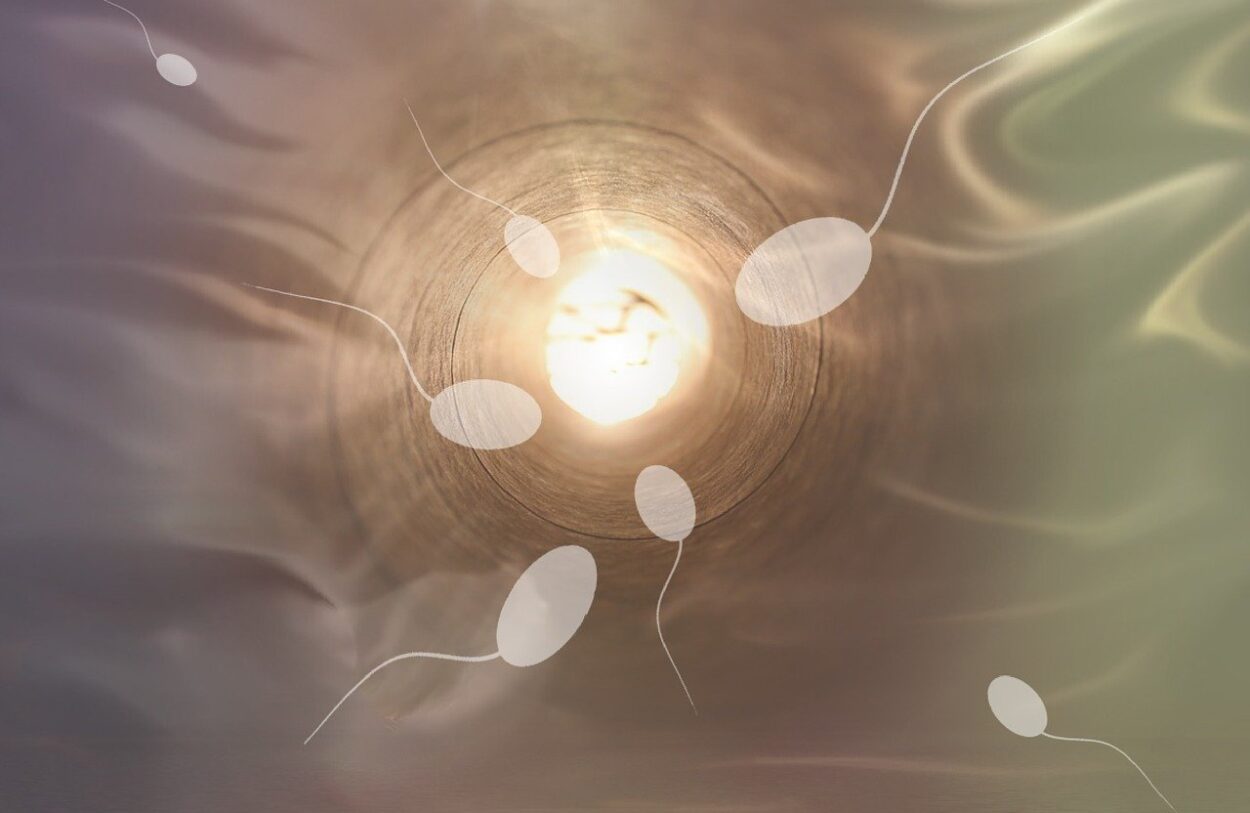A man must have healthy sperm morphology to successfully impregnate a woman. While a man’s sperm morphology might be problematic, it doesn’t necessarily mean that it will take longer to conceive and he can use assisted reproductive technology (ART) to achieve his goal of becoming a father.
Routine semen analysis will evaluate sperm morphology to understand how well they are shaped to penetrate and fertilize an egg. However, sperm morphology is just one factor of many that can affect fertility.
1. Reduce Stress
Stress can affect fertility by reducing sperm count, motility, and sperm morphology. It can also increase the likelihood of birth defects in the fetus and pregnancy loss. This is why it is so important to try to reduce your levels of stress.
One way to do this is by eating a healthy diet. A diet rich in fruits, vegetables, cold-water fatty fish, nuts and seeds can help improve sperm quality. This is because these foods provide many nutrients that are necessary for sperm health, such as vitamins A and C, folate, zinc, selenium, omega-3 fatty acids, and magnesium.
In addition, studies suggest that a diet rich in antioxidants can protect sperm from oxidative damage. This is because a high intake of antioxidants can reduce the production of reactive oxygen species (ROS) that cause sperm morphology problems. ROS can cause damage to lipid membranes, proteins, and DNA in sperm. The more ROS produced, the worse sperm morphology and motility become. Sperm morphology issues can lead to the need for treatments like sperm washing and intrauterine insemination.
2. Change Your Diet
The type of diet you eat may impact your sperm morphology. A diet high in fried foods, refined grains, added sugars and red meat can decrease the shape and concentration of sperm, according to research. You can help improve your sperm morphology by replacing these processed foods with lean proteins, vegetables and fruits.
A normal sperm sample requires only 4% of the sperm to have the proper shape based on Kruger strict morphology. However, a higher percentage of properly shaped sperm would be ideal for fertility.
Sperm morphology can be improved by avoiding environmental triggers and endocrine disruptors. These harmful pollutants include bisphenol-A (BPA), heavy metals and radiation. Avoiding these environmental toxins by reducing plastic use, sourcing organic foods and limiting alcohol can make your sperm healthier. Exercise and weight training can also improve sperm morphology. You can also increase your sperm count and motility by cutting down on smoking and excess alcohol. These changes will improve your sperm morphology and increase the chances of fertilizing an egg. For more information, schedule an appointment at the Fertility Center of San Antonio.
3. Exercise
Sperm morphology, or the shape of individual sperm cells, is one of the factors evaluated during semen analysis. Although it is not the only factor, having a higher percentage of abnormal shapes can decrease fertility and make it harder to fertilize an egg.
A normal sperm cell has a smooth, oval-shaped head that contains the genetic information. It also has a slender neck that extends from the head and a tail (also called a flagellum) that is about 10 times as long as the neck.
During a semen analysis, a sperm sample is counted and the number of normal-shaped sperm is calculated. Generally, a sample will need to have at least 4% of normal sperm for it to be considered “normal” using Kruger strict morphology criteria, which is the most widely used evaluation system.
It is important to keep in mind that even if your sperm morphology score is low, it may still be possible to achieve pregnancy with the help of assisted reproductive therapies or technologies, such as intracytoplasmic sperm injection (ICSI). While many men are concerned about the impact of sperm morphology on their fertility, there are some types of sperm shapes that are actually more likely to fertilize an egg.
4. Quit Smoking
Men who smoke tend to have more DNA fragmentation in their sperm compared to non-smokers. This is due to the harmful chemicals found in tobacco products and their impact on sperm quality. This is also true of some occupations such as agriculture (dealing with herbicides and pesticides), welding or plastic production where men are regularly exposed to toxins that affect fertility.
Sperm morphology readings are highly subjective and are based on the training and experience of the person doing the semen analysis. Most laboratories use either the World Health Organization guidelines or Kruger strict morphology criteria when evaluating semen samples.
There are many things that can be done to improve sperm morphology and other male fertility factors such as sperm count, sperm motility and more. Incorporating a better diet, exercise, quitting smoking and reducing exposure to endocrine disruptors can all have an effect on sperm morphology. This in turn can lead to improved fertilization rates using assisted reproduction technologies such as intracytoplasmic sperm injection or ICSI. Getting a higher ratio of normal sperm is one of the best ways to treat male-factor infertility.
5. Change Your Lifestyle
There is a lot that you can do to improve your chances of conceiving. In fact, a study found that changing diet and lifestyle can help with both sperm count and motility.
Abnormal sperm morphology can make it harder to fertilize an egg. It’s also a leading cause of male infertility. But, a semen analysis can help diagnose it. And it’s easy to correct.
Typically, doctors look at sperm morphology in conjunction with count and motility to determine whether you have fertility issues. They also use sperm morphology to evaluate pre-implantation embryos and diagnose a variety of medical conditions like varicoceles, low testosterone, and other men’s health concerns.
Abnormal sperm morphology can be caused by many things. For example, heavy exposure to chemicals and toxins can change hormone levels and impact sperm health. Avoiding environmental triggers, such as plastics, endocrine disruptors, and radiation can help. Also, avoiding smoking and excess alcohol can improve sperm morphology over time. Exercise can also boost sperm health, and one study found that hour-long treadmill workouts three times per week improved sperm morphology in overweight patients.




Leave a Comment